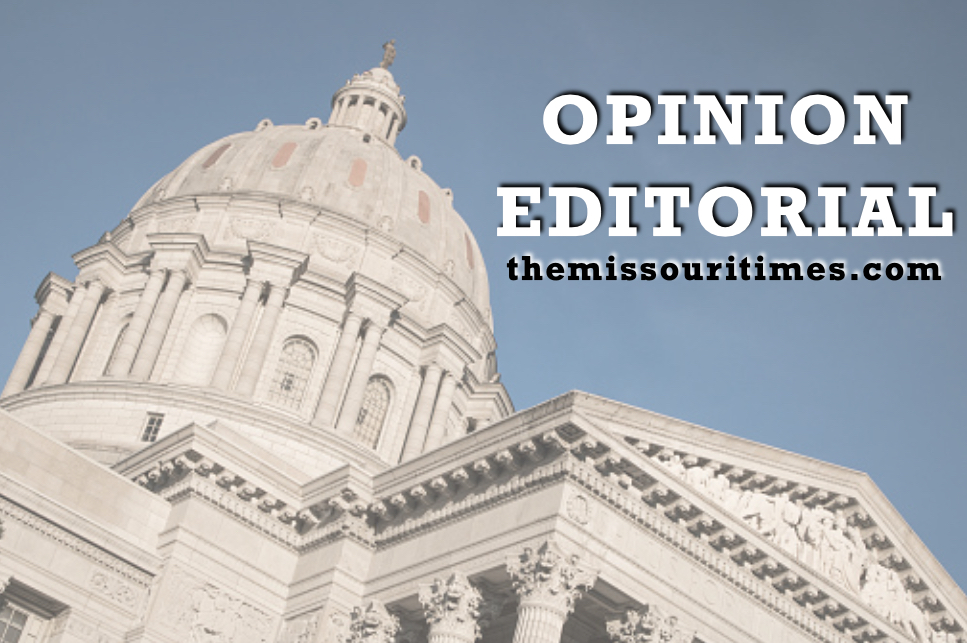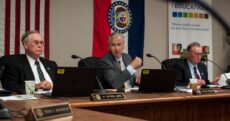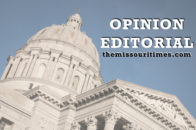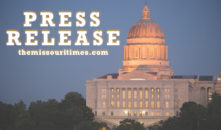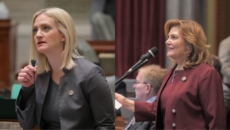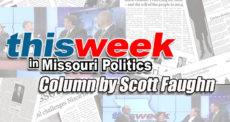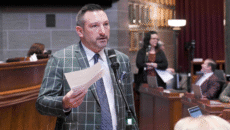Students can’t learn if they can’t get to school. Those are often on my mind as a drive to or from our state’s Capitol. It’s also a problem my colleagues and I are interested in fixing.
Rural school districts face a unique burden in transporting students to school. This is an issue that hasn’t been truly appreciated in the halls of our state Capitol until recently.
In rural schools, like many in my legislative district, the school district has to bus students from longer distances on worse roads than many of their counterparts in the suburban or urban areas of our state. And while these education transportation costs are increasing and unequal, it’s also the one area of education funding not keeping up in our state budget.
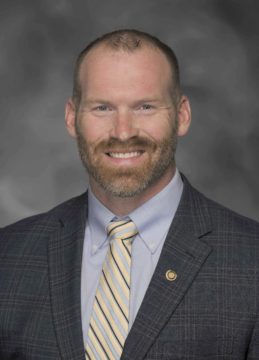
For several years now, the Republican-led supermajorities in Jefferson City have fully funded the state’s education foundation formula. Thanks to Gov. Mike Parson’s leadership, along with Speaker Rob Vescovo and Budget Chair Cody Smith, we are poised to do so again this year.
The problem comes from education costs outside the foundation formula, like the cost of busing students to school. In that area, Missouri’s state budget has historically failed to pay our fair share of the cost of busing students.
When the state fails to pay its fair share of these transportation costs, school districts have to shift funds that could and should be going to our classrooms. It also results in longer ride times for students and fewer students eligible to ride the bus who live somewhat close to schools. Put a bus driver shortage on top of these issues, and we have a real problem.
That’s one of the reasons why I voted for HB 349, which fixes this broken formula by guaranteeing a 5 percent increase in funding for K-12 transportation and never allowing the state’s percentage of those costs to go below 40 percent, a significant increase from the status quo.
The legislation also establishes education savings accounts, which have worked in several red states to help give students in failing schools more education choices.
The legislation marries these two ideas together by freezing the education savings account program altogether if funding for public school transportation ever falls below this new increased level of funding.
Some come to the Capitol and argue that you can either support giving students in failing schools more options and choices, or you can support rural public-school districts. The answer of course is we can and should do both. I think it is high time that we look out for the kids instead of protecting some mostly urban institutions that are failing them year after year.
This legislation is a win-win for the schools in my district, and I strongly urge my colleagues in the Missouri Senate to support this plan. Public school districts are the lifeblood of our communities. I am so proud of the job they do educating the workforce of the future. But these rural school districts need our help when it comes to transportation funding. This has become too big of a problem for us to ignore one year longer.
After all, we can’t educate our students if we can’t get them to school.

State Rep. Kurtis Gregory is a Republican who represents HD 51 in Johnson, Pettis, and Saline counties. He is the vice-chairman of the Workforce Development Committee and is a member of the Budget Committee.

